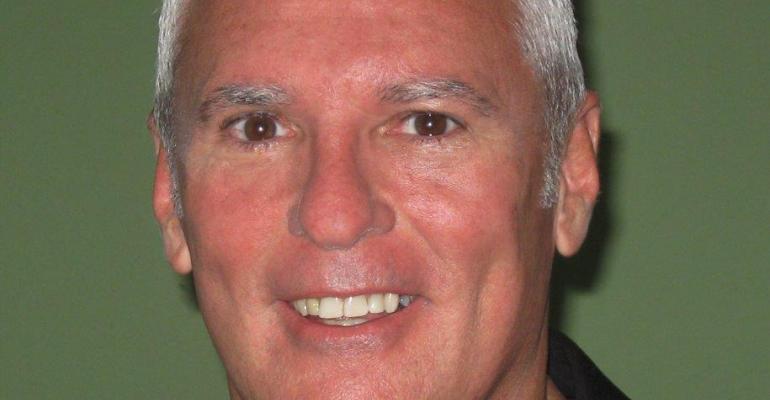
A new study rebuts a longstanding belief that dealerships burn through employees at an unusually high rate.
“Although the industry is often characterized as a ‘high-turnover’ work environment, actual turnover at new-car dealerships is significantly less than the private-sector average,” says Ted Kraybill, president and founder of ESI Trends, the firm doing the study.
Commissioned by the National Automobile Dealers Assn., the annual report says overall dealership staff turnover, although increasing from 35% to 36% in a year, falls below the national average of 42% for private-sector employees.
But when it comes specifically to dealership sales positions, the revolving door spins faster.
Sales-staff turnover remains the highest at 66%, an increase of four points in a year, according to the 2014 Dealership Workforce Study Industry Report, using 2013 data from more than 240,000 payroll records.
“Only at the sales-consultant position does turnover exceed the national average, but many dealerships are taking important steps to address that challenge, such as reorganizing their staffing models to reduce total hours and focusing on team-based incentives,” Kraybill says.
The percentage of dealerships that schedule employees to work more than 45 hours a week has dropped over the three years of the study, with only 13% of dealerships surveyed scheduling sales consultants to work more than 50 hours. Sixteen percent of the stores schedule service advisers for those hours.
Many people in the industry say staff-retention measures are important because high turnover rates cause various problems.
Those include operational instability, the cost burden of repeated hires and often a dealer’s reluctance to sufficiently train staffers on the premise that they likely won’t stick around.
The report characterizes franchised dealerships as a driving force in a recovering U.S. economy because they have added employees, pay above-average wages and provide weekly earnings growth. In 2013, total dealership employment grew 3.4% and topped 1 million people.
“The report shows a growth industry with strong earning opportunity in a changing work environment,” Kraybill says.
As the appeal of dealership careers grows, “so do the opportunities for these businesses to attract top talent,” says John Lyboldt, NADA’s vice president-dealership operations.
Other report findings:
- With weekly average pay of $976 in 2013, dealership employees earned 25% more than the $782 average for the U.S. private-sector workforce. But median weekly earnings grew at 1.3%, a slower pace than 3.7% in 2012.
- Of dealership new hires, 47% were Generation Y members who now make up 27% of the dealership workforce. That’s up four points from the previous year.
- The gender gap is unchanged, with women representing nearly 18% of dealership staffs, consistent with the previous year’s data.





